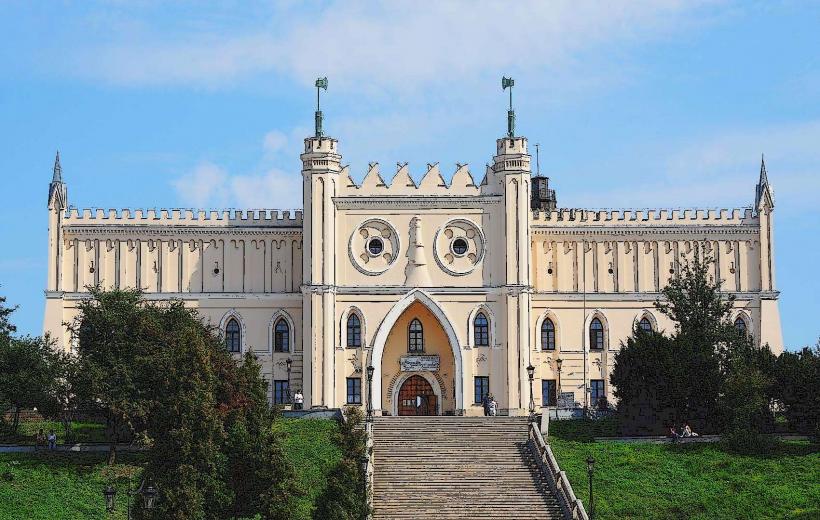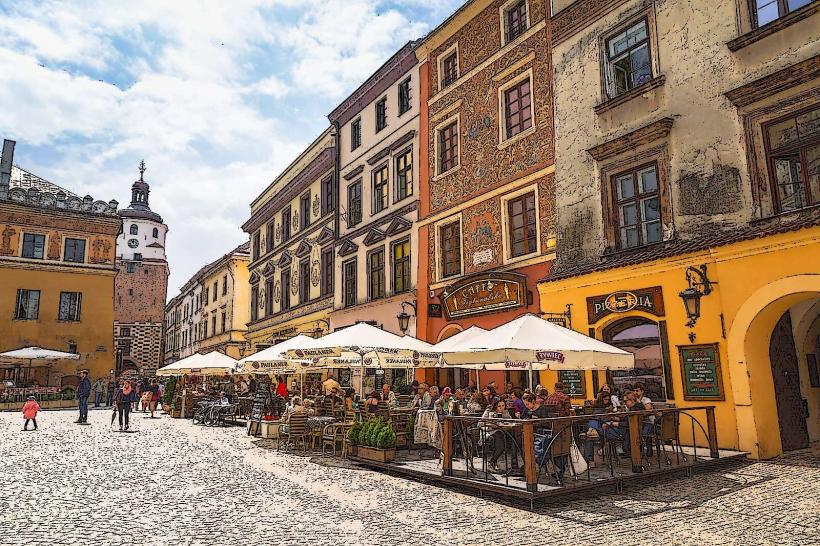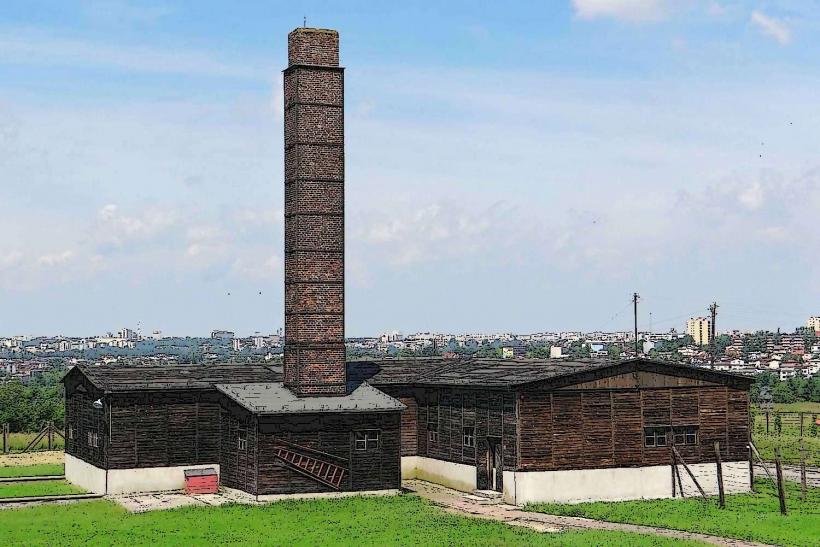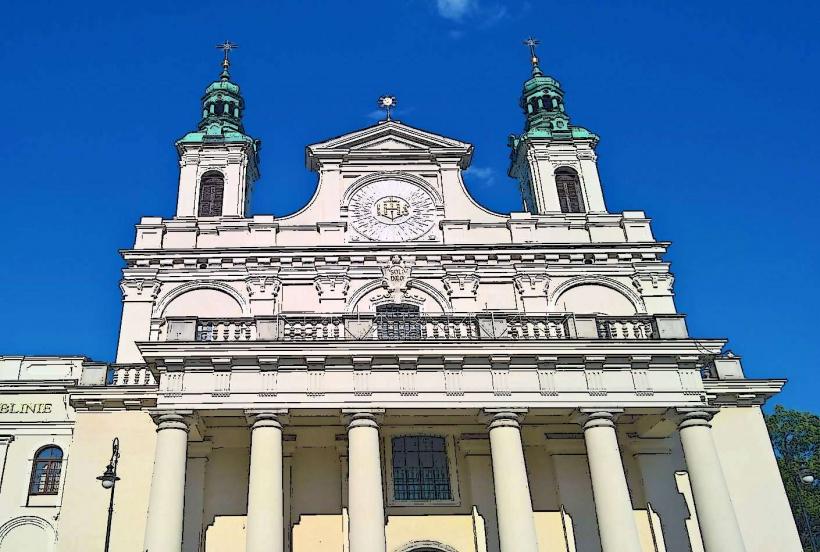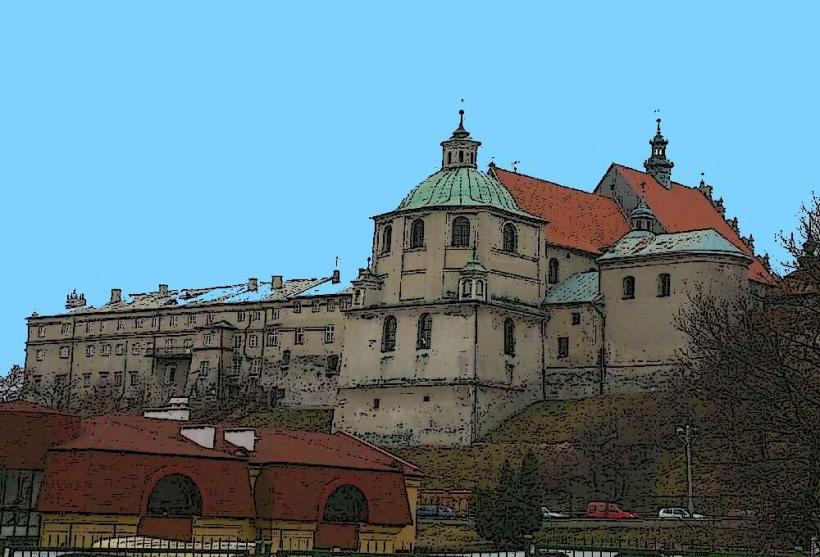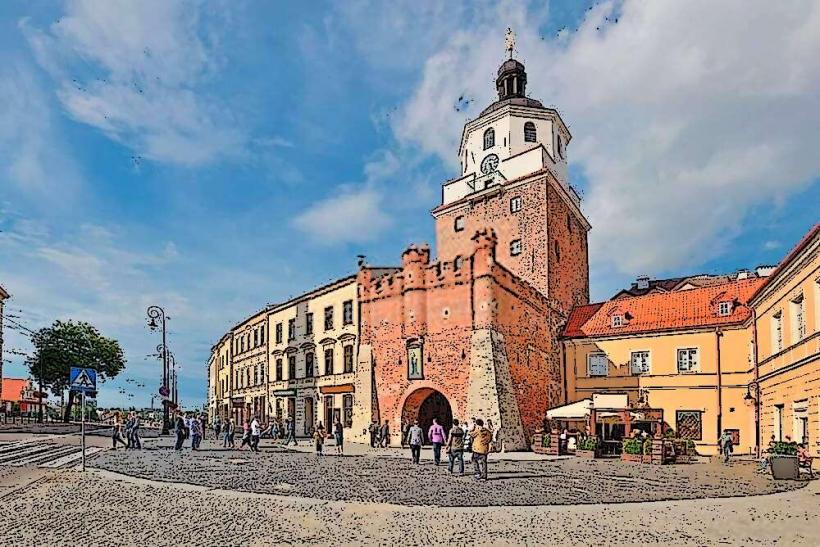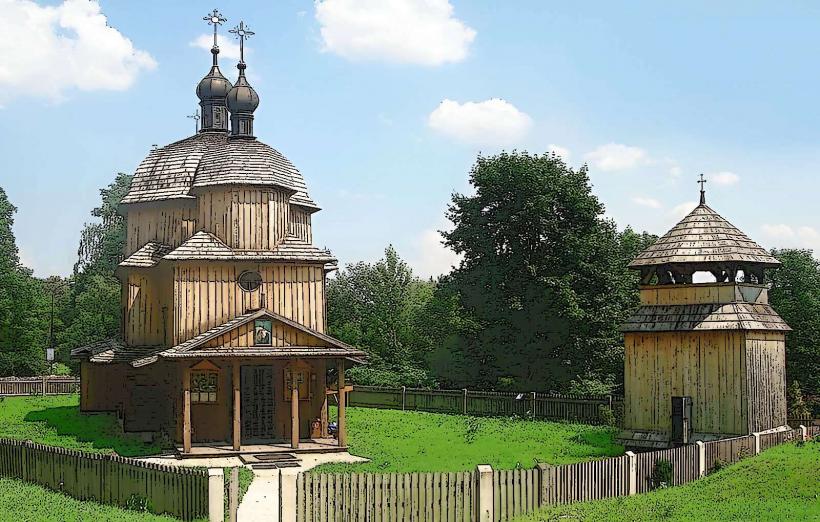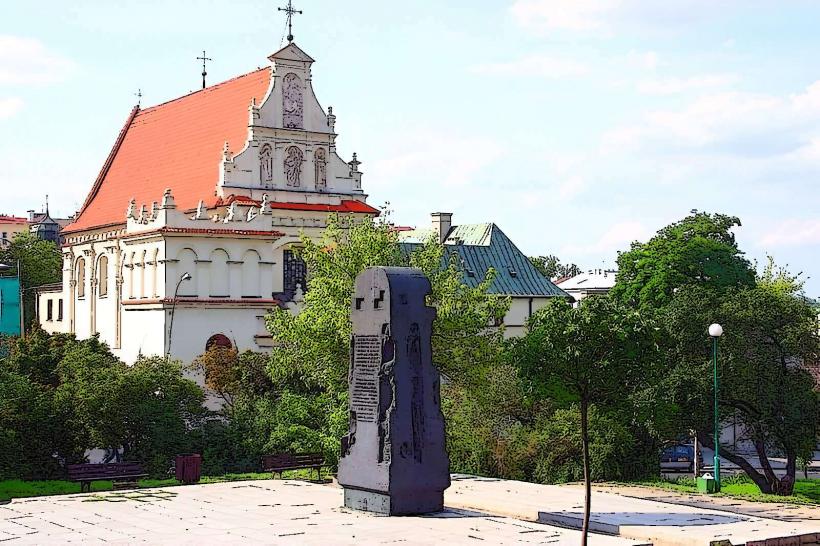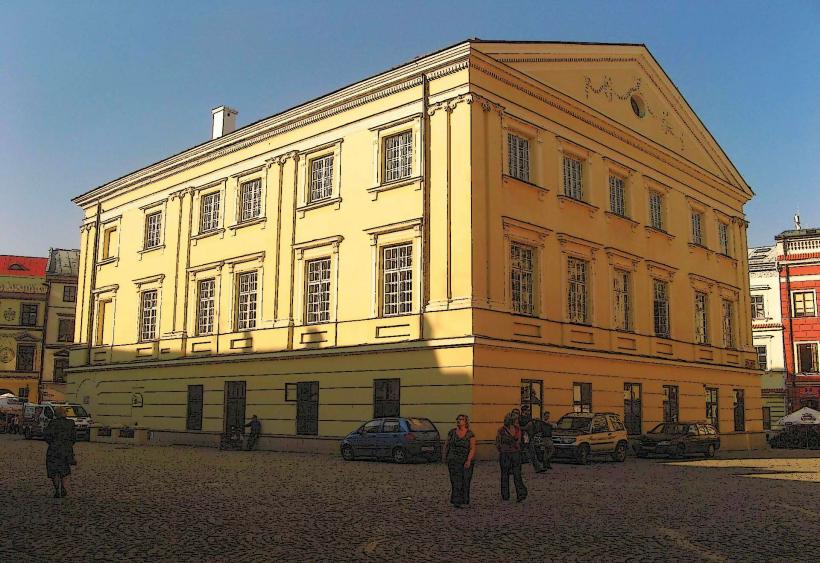Information
Landmark: Grodzka GateCity: Lublin
Country: Poland
Continent: Europe
Grodzka Gate (Brama Grodzka) in Lublin
The Grodzka Gate (Brama Grodzka) is one of the most iconic and historically significant landmarks in Lublin, Poland. Located in the heart of the city, this medieval gate has long been an important symbol of Lublin's cultural heritage and serves as a reminder of the city’s role in Poland's history. Today, it is both a historical monument and a cultural center that attracts visitors with its architectural beauty and rich history.
1. History
Origins and Construction: The Grodzka Gate was originally built in the 14th century, during the reign of King Casimir the Great. Its primary purpose was to serve as one of the entrances to the medieval town of Lublin. The name "Grodzka" derives from the word "grod", meaning a settlement or town, indicating the gate's role as a key entry point to the old town.
Medieval and Renaissance Importance: In its early history, the gate was part of the city's fortifications. It was strategically placed on the main road leading to the Castle of Lublin, marking the way for merchants, pilgrims, and travelers heading to the town. Over the centuries, the Grodzka Gate underwent several modifications, especially during the Renaissance period, when its architectural style evolved.
Religious Significance: Over time, the Grodzka Gate became linked to Lublin’s Jewish community. In the 17th century, it became one of the main entrances to the Jewish quarter, which was located in the area surrounding the gate. The gate, therefore, carries historical significance for both Polish and Jewish communities in Lublin.
Decline and Revival: Like many medieval gates, the Grodzka Gate's military function eventually faded as Lublin expanded. By the 19th century, the gate had become less important as a city defense structure, but it remained a key feature of the city’s Old Town. In the 20th century, the gate faced deterioration, but preservation efforts began, leading to its revival as a cultural and historical site.
2. Architecture
Gothic and Renaissance Design: The Grodzka Gate is a beautiful example of Gothic architecture, with pointed arches, narrow windows, and a fortified appearance. However, later renovations during the Renaissance added baroque elements to the structure, giving it a unique architectural blend. The gate’s robust, yet elegant, design is one of the distinguishing features of the Old Town.
Stone and Brick Construction: The gate is constructed using brick and stone, materials typical of the period. Its sturdy stone base contrasts with the more delicate brickwork above, which was meant to provide both durability and visual appeal.
Towers: The Grodzka Gate features twin towers that are prominent elements of its design. These towers rise above the surrounding structures, offering a glimpse of the city’s medieval defenses. The towers originally housed guards, and one of them has been partially preserved to this day, serving as part of the gate’s museum complex.
The Arch: The central arched entrance of the Grodzka Gate is the focal point of the structure. Its size and shape reflect the gate's original purpose as an entry point for people and goods. The archway was designed to allow both pedestrian and vehicular traffic to pass, though today, the arch primarily serves as a pedestrian gateway.
Decorative Features: The gate is adorned with architectural decorations, including stone carvings and reliefs that reflect its medieval and Renaissance influences. These decorations help tell the story of Lublin’s rich cultural history and provide insight into the city’s architectural development over time.
3. Cultural and Historical Significance
Jewish Heritage: The Grodzka Gate holds particular significance for the Jewish community in Lublin, as it once marked the entrance to the Jewish district of the city. In the 17th century, Jews settled in large numbers around the area, and the gate became an important entry point to their community. Today, the gate serves as a reminder of the rich Jewish heritage that was once part of Lublin’s cultural fabric.
Symbol of Lublin’s Diversity: The Grodzka Gate is a symbol of Lublin’s historical role as a multicultural city, where different ethnic and religious groups coexisted for centuries. It represents not only the city's medieval defenses but also its vibrant and diverse past, which included Polish, Jewish, Armenian, and Ukrainian communities.
Cultural Center and Museum: In recent years, the Grodzka Gate has been transformed into a cultural center and a museum dedicated to Lublin's multicultural history. The Grodzka Gate-Nations’ Gate project has been implemented to preserve the history of the Jewish, Polish, and other ethnic communities that have shaped the city. It hosts various cultural events, exhibitions, and performances, making it an active and engaging space for both locals and visitors.
4. Visitor Experience
Museum Exhibits: The Grodzka Gate is home to a museum that focuses on the multicultural history of Lublin. Visitors can explore exhibits that showcase the city’s medieval past, the development of its Jewish community, and the interactions between the different cultural groups that lived in the city. The museum uses interactive displays, photographs, and historical artifacts to tell the story of Lublin’s diverse heritage.
Cultural Events: The Grodzka Gate is a vibrant space for cultural events. It regularly hosts art exhibitions, concerts, lectures, and workshops that reflect the city’s rich traditions. The gate also serves as a venue for Lublin’s cultural festivals, including those celebrating Jewish, Polish, and multicultural heritage.
Guided Tours: Visitors can take guided tours of the gate and its museum to gain a deeper understanding of the historical context of the structure and its significance in Lublin's past. Knowledgeable guides explain the gate’s history, architecture, and its role in the city’s cultural landscape.
Photography and Scenic Views: The Grodzka Gate offers a picturesque view of the Old Town and its surrounding areas. Its twin towers and arched entrance provide a great backdrop for photography. The view from the top of the gate’s tower offers a panoramic perspective of Lublin’s historic center, making it a popular spot for visitors.
5. Visitor Information
Location: The Grodzka Gate is located in the Old Town of Lublin, near other significant landmarks such as Lublin Castle and St. John’s Cathedral. It is easily accessible by foot from many central points in the city.
Opening Hours: The Grodzka Gate is typically open to visitors year-round, though hours may vary based on the season and special events. It is best to check the official website for current opening times.
Admission: Admission fees may apply for entry into the museum and participation in special exhibitions or events. Reduced rates are often available for students, seniors, and groups.
Accessibility: The Grodzka Gate is easily accessible for visitors with mobility impairments. However, some of the museum’s exhibits may be located on upper floors, and there may be stairs to climb to the viewing area of the tower.
6. Summary
The Grodzka Gate is a key historical and cultural monument in Lublin, representing the city’s rich past and diverse cultural heritage. With its medieval architecture, historical significance, and role in multicultural Lublin, it continues to serve as an important landmark in the city. Today, it stands as both a preserved historical site and a dynamic cultural center, welcoming visitors to explore and learn about the diverse communities that shaped Lublin's history.

